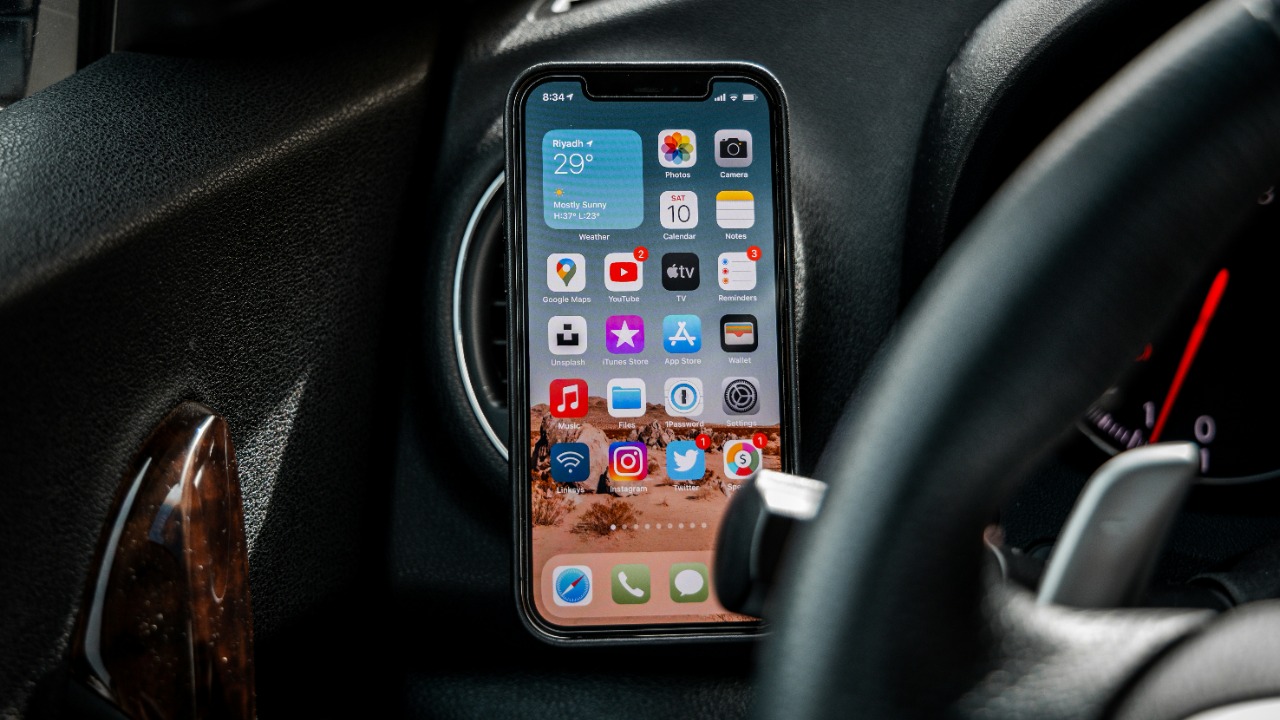
For many, the joy of a road trip is often marred by the onset of motion sickness, a condition that can be exacerbated by activities such as reading or using devices like iPhones. However, Apple’s iOS 18 update has introduced a hidden feature called Vehicle Motion Cues, designed to alleviate these symptoms by synchronizing visual cues with vehicle movement. This innovative feature, which was first put to the test in a hands-on review on September 27, 2024, builds on similar technology now available for Android phones. As we approach the holiday season, enabling this feature could save many from discomfort during travel. Additionally, there are other strategies, outlined in a guide published on February 25, 2025, that offer eight ways to avoid motion sickness altogether.
What Causes Carsickness?
At the heart of carsickness is a physiological mismatch between the balance signals sent by the inner ear and the visual input received by the eyes when riding in a vehicle. This conflict often results in symptoms such as nausea and dizziness. The confined spaces of cars can intensify these symptoms, as opposed to open-air travel, which is supported by general sensory conflict theories. Certain factors can increase the prevalence of motion sickness. For instance, children and pregnant individuals are more susceptible to motion sickness, as evidenced by established motion sickness research.
The Role of Phone Use in Worsening Symptoms
Using a phone while in a moving vehicle can exacerbate the symptoms of carsickness. The act of staring at a static screen like an iPhone creates a greater sensory disconnect during motion, intensifying the feeling of nausea. This was particularly noted in the context of holiday travel, where checking phones on drives directly contributed to discomfort, as per a November 27, 2024 analysis. Real-world examples of users experiencing the risk of vomiting due to device distraction were highlighted in a September 27, 2024 personal trial of mitigation tools.
Introducing Apple’s Vehicle Motion Cues Feature
Launched within iOS 18, the Vehicle Motion Cues feature presents a subtle overlay of moving dots on the screen edge to mimic vehicle sway, thereby reducing the visual conflict that leads to motion sickness. This feature is easily accessible via the Control Center, allowing users to toggle it on and off during drives without interrupting their activities, as covered in an October 25, 2025 overview. This iPhone-specific tool aims to allow users to read or work without experiencing sickness, positioning it as a game-changer for tech-dependent travelers.
How Vehicle Motion Cues Works Technically
The Vehicle Motion Cues feature utilizes the iPhone’s gyroscope and accelerometer sensors to generate dynamic visual indicators that align with real-time car motion. The design is non-intrusive, with cues appearing only when enabled and not altering core app functionality, based on iOS 18 implementation details. Its effectiveness has been compared to placebo-like aids in a February 25, 2025 report that pairs it with broader avoidance methods.
Real-World Testing and User Experiences
A tester’s September 27, 2024 experiment driving with the feature active noted reduced nausea despite deliberate puking-risk conditions. Feedback on its subtlety has been positive, with users barely noticing the cues but reporting less discomfort during prolonged phone sessions in moving vehicles. However, there are limitations, such as variable results based on motion intensity, as drawn from hands-on iOS 18 evaluations.
Alternatives for Android Users and Other Remedies
Android users also have access to a similar feature called Motion Cues, which uses phone sensors to provide visual aids to combat sickness, as explored in a December 11, 2024 guide. In addition to these tech solutions, a February 25, 2025 compilation lists eight non-tech strategies, including seating choices, ginger intake, and fresh air exposure to prevent symptoms. Combining these phone features with habits like looking at the horizon can ensure broad applicability beyond iOS devices.
More from MorningOverview